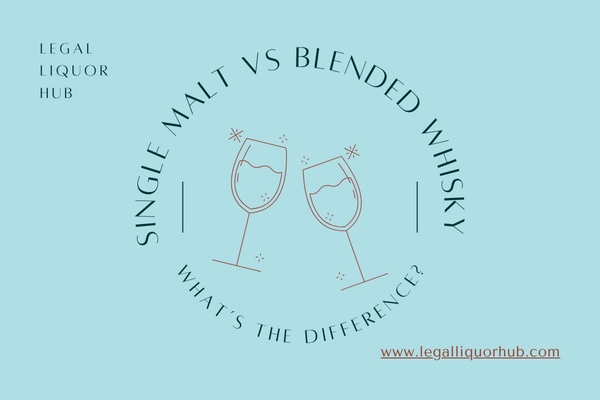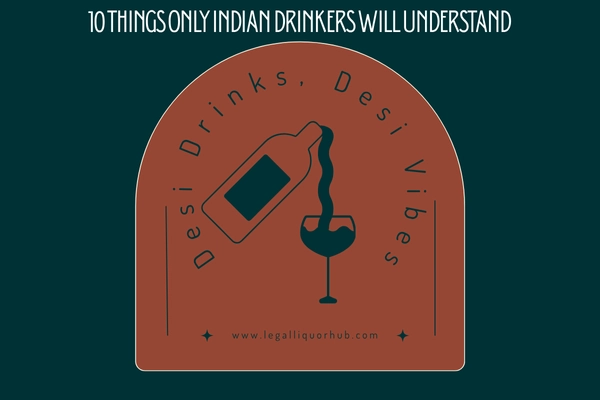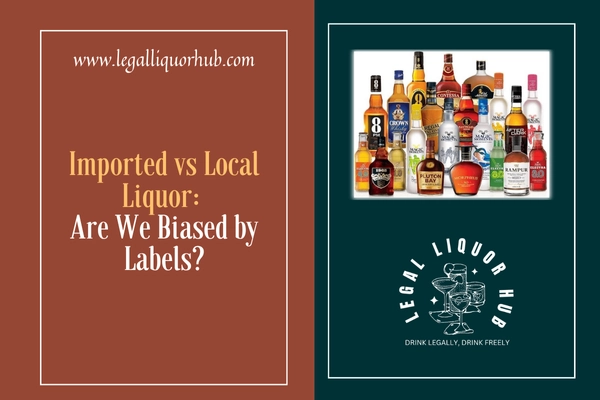Wondering whether to pick single malt or blended whisky? Discover the real differences in taste, production, and price between these two popular styles.
If you’re new to the world of whisky (or whiskey, depending on where you’re from), you’ve probably come across terms like single malt and blended whisky. While they’re both delicious spirits crafted from grains, water, and time, they are very different in how they’re made, how they taste, and even how they’re priced.
Let’s break down the differences so you can confidently choose your next bottle.
What is Single Malt Whisky?
Definition:
Single malt whisky is made from 100% malted barley, produced at a single distillery, and typically aged for at least 3 years in oak barrels.
Key Features:
* Made from only water and malted barley
* Distilled at one distillery
* Known for complex, refined flavors
* Examples: Glenfiddich, The Macallan, Amrut (India)
Taste Profile:
Single malts often carry bold and nuanced flavors—think notes of honey, smoke, fruit, vanilla, or spice—depending on where and how it’s made.
What is Blended Whisky?
Definition:
Blended whisky is a mixture of different types of whiskies, usually a combination of single malts and grain whiskies from multiple distilleries.
Key Features:
* More approachable and consistent flavor
* May include both malt and grain whiskies
* Often more affordable than single malts
* Examples: Johnnie Walker, Chivas Regal, 100 Pipers
Taste Profile:
Blended whiskies tend to be smoother and easier to drink, with a balanced character. Perfect for casual sipping or mixing in cocktails.
Single Malt vs Blended Whisky: A Quick Comparison Table
| Feature | Single Malt Whisky | Blended Whisky |
|---|---|---|
| Ingredients | 100% malted barley | Malt + grain whiskies |
| Distilleries | One distillery | Multiple distilleries |
| Flavor Profile | Complex, layered | Smooth, balanced |
| Price Range | Typically higher | Generally more affordable |
| Target Audience | Connoisseurs, collectors | Everyday drinkers, cocktail lovers |
| Popular Examples | Glenlivet, Lagavulin, Amrut | Chivas, Johnnie Walker, Antiquity Blue |
Which One Should You Choose?
* Choose Single Malt if you enjoy sipping slowly and discovering layers of flavor, or if you want to explore regional whisky characteristics.
* Choose Blended Whisky if you prefer a smoother, consistent taste that’s great on its own or in cocktails, especially if you’re just getting started.
Indian Perspective
India has seen a sharp rise in both domestic and imported single malt offerings (like Amrut, Paul John), but blended whiskies still dominate the market due to affordability and brand recognition. If you're just starting, try a premium blend—then explore single malts as your palate develops.
Fun Fact:
Not all expensive whiskies are single malts, and not all blended whiskies are cheap. Some blended whiskies are expertly crafted and aged for decades, making them highly collectible and flavorful.
Conclusion:
Both single malt and blended whiskies have their own charm. It’s not about which one is better—it’s about what suits your taste, mood, and occasion. Try both and let your palate decide!
Apply Now




